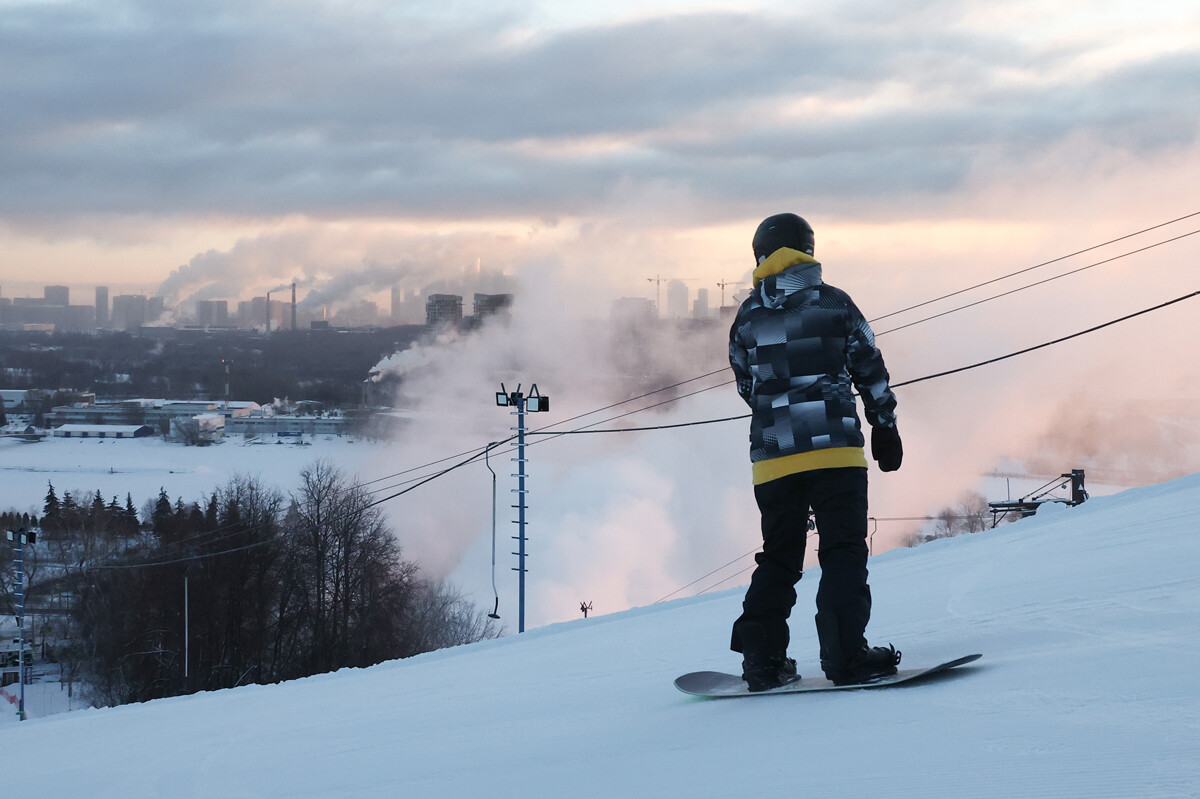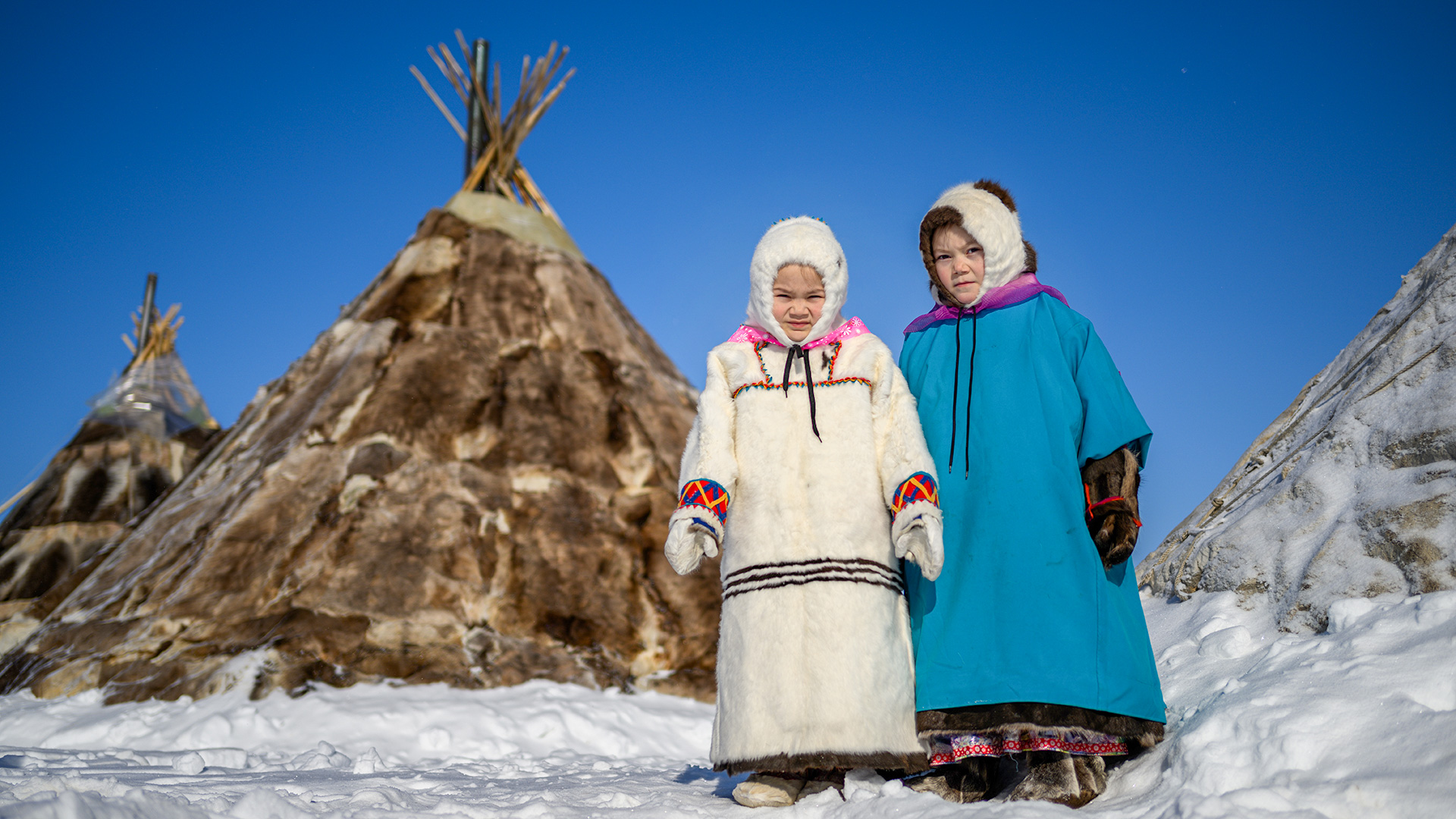
What Russian cities look like in extreme winter frosts (PHOTOS)

 Snowboarding in the west of Moscow, on Krylatskie Hills.
Snowboarding in the west of Moscow, on Krylatskie Hills.
“Avalanche of cold” - This is what forecasters call the sharp cooling that occurred in the last days in many Russian regions. Just feel it: it was +5°C (+41°F) in Moscow on New Year’s Eve (the average January temperature in Moscow in January should be about -10°C [+50°F]), then it dropped to about zero and, on January 6, the temperature plummeted sharply to -22°C (-7.6°F)!
 Russian Santas from regions gathered in Moscow.
Russian Santas from regions gathered in Moscow.
Weather experts say that the reason for such frosts is the super cold air from the Arctic seas. However, it’s far from being considered a harsh winter: the coldest January recorded in Moscow was in 1940, when the temperature fell to -42°C (-43.6°F).
 Halo in Moscow Region.
Halo in Moscow Region.
As a result of such a sharp cooling, locals observed unique natural phenomena for Moscow - a solar halo and light pillars. (more about these unique phenomena here)
 Cold water swimmers of Krasnoyarsk.
Cold water swimmers of Krasnoyarsk.
In the Siberian city of Krasnoyarsk, it is relatively “warm” these days - just -20°C (-4°F)!
 Krasnoyarsk cold water swimmer.
Krasnoyarsk cold water swimmer.
It’s much colder in central Russia: in Ivanovo, Vladimir and Tver regions, it was down to -28°C (-18.4°F), while in Kostroma Region, the temperature dropped below -30°C (-22°F).
 Christmas Fest in Shuya, Ivanovo Region.
Christmas Fest in Shuya, Ivanovo Region.
According to forecasters, the temperature in most regions will return to normal at the end of the week.
 Kineshma, Ivanovo Region, -28°C.
Kineshma, Ivanovo Region, -28°C.
The further to the east, the colder it gets.
 Diveevo, Nizhny Novgorod Region.
Diveevo, Nizhny Novgorod Region.
Nizhny Novgorod and Kirov are now experiencing frosts of -36°C (-32.8°F) and they are expected to last quite a long time.
 Murmansk, January 7.
Murmansk, January 7.
In the Urals, it’s a little warmer at -34°C (-29.2°F).
 Ufa, Bashkortostan, -34°C.
Ufa, Bashkortostan, -34°C.
Yakutia, once again, confirms the title of the coldest region of Russia. Yakutsk, the republic’s capital, is greeted with minus 50-degree frosts. In Oymyakon, the “pole of cold”, it’s -52°C (-61.6°F).
 Here are people swimming in hot springs of Oymyakon.
Here are people swimming in hot springs of Oymyakon.
Such frosts are, although extreme, not unique in many regions of Russia, so there are no special utility or traffic problems.
Fun fact:
In the south of Russia, winter looks completely different. In Sochi and Anapa, it is a toasty +10-15°C (+50-59°F). However, locals still think it is cold and look forward to spring!
 Anapa, the coast of the Black Sea, January 2.
Anapa, the coast of the Black Sea, January 2.













